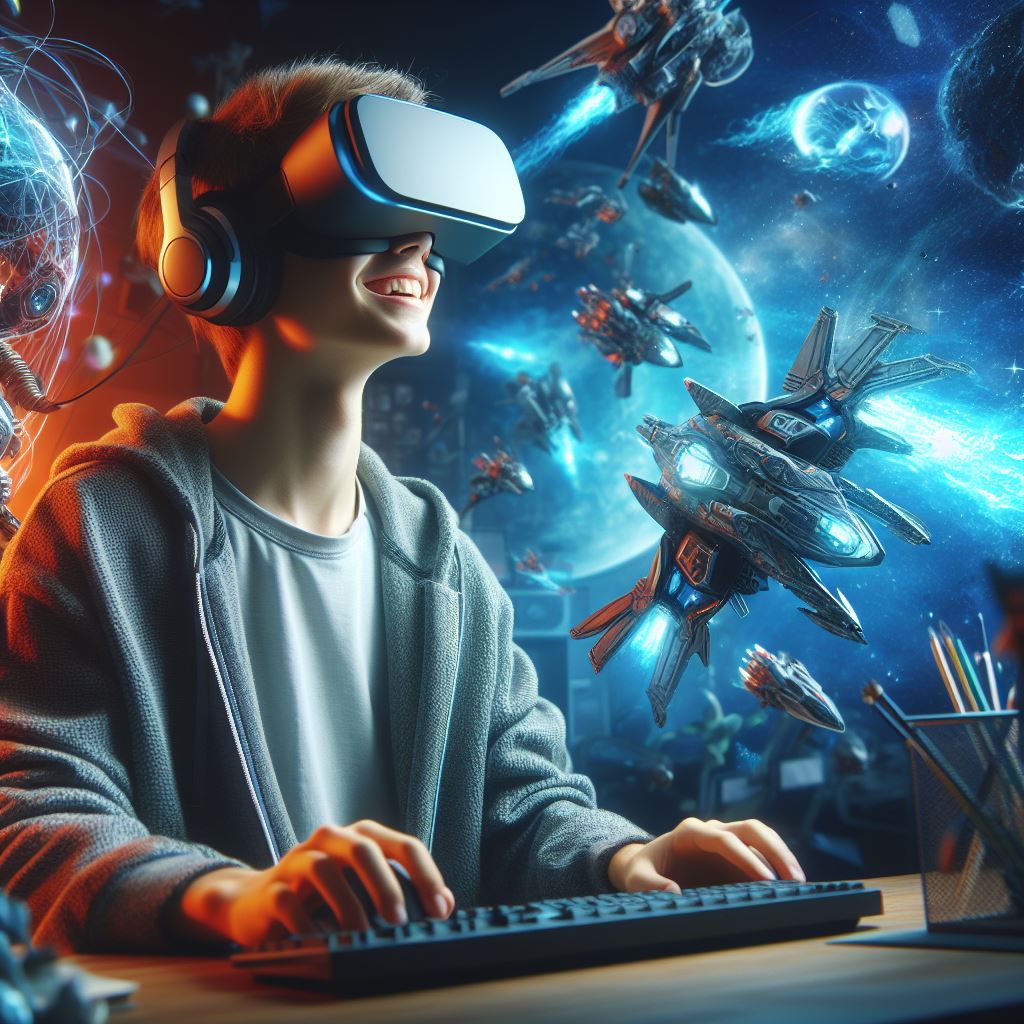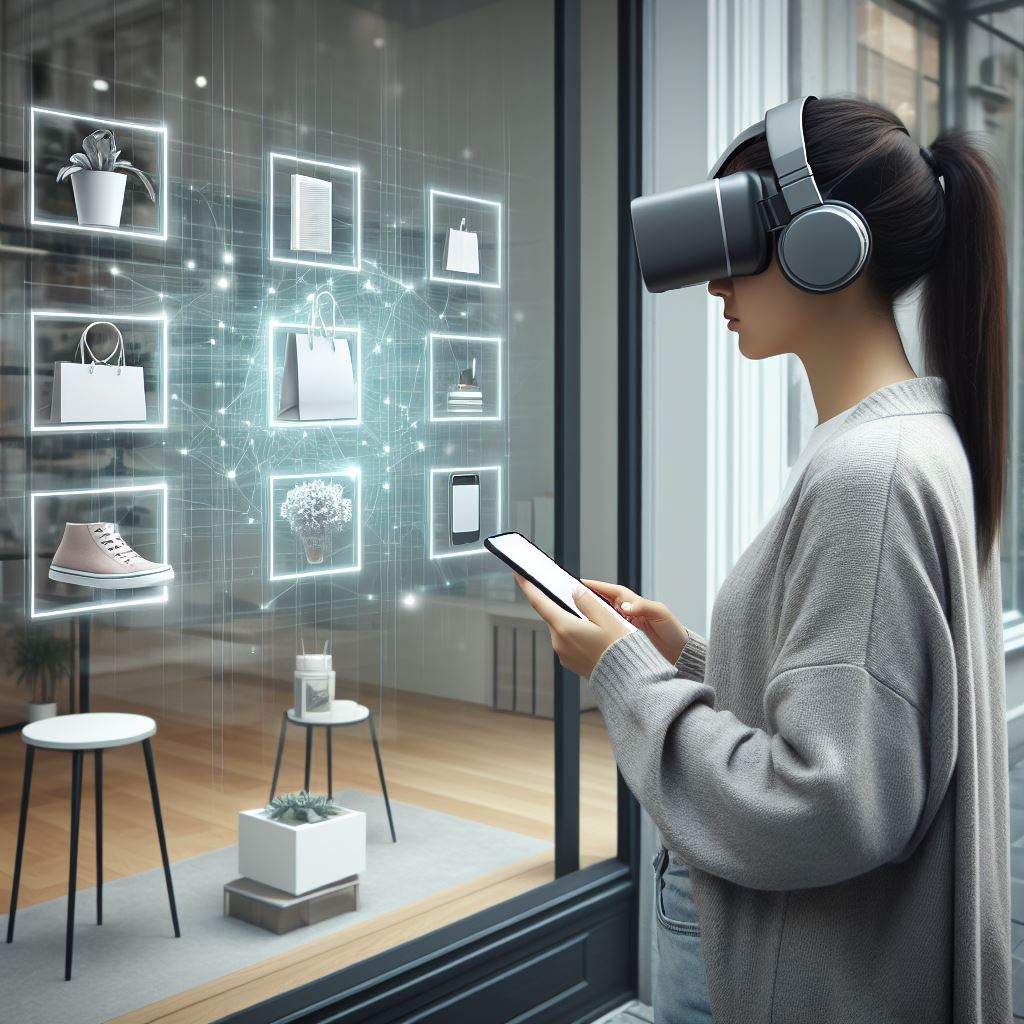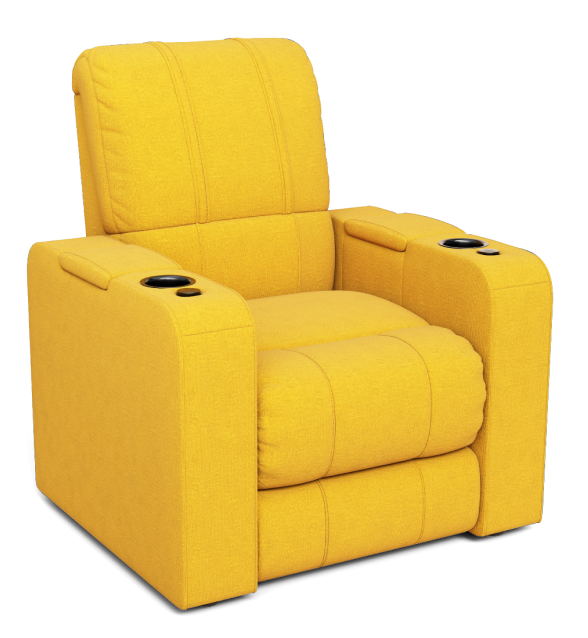The Metaverse is a term used to describe a virtual world where users can interact with each other in real-time. It is a combination of several technological innovations that all operate seamlessly together, including virtual and augmented reality, blockchain, and more. The Metaverse is the next evolution in social connection and the successor to the mobile internet. It will help you connect with people when you aren’t physically in the same place and get us even closer to that feeling of being together in person. The Metaverse is creating a stir in the tech world, and it is expected to reach a billion people in the next decade.

Metaverse: A Virtual World of Endless Possibilities
In the Metaverse, users can socialize, learn, play, and conduct business. It is a massively scalable, persistent network of interconnected virtual worlds focused on real-time interaction. Metaverse eCommerce or meta-commerce allows shoppers to fully immerse themselves in a company’s culture, design, and branding elements. This creates a significant brand differentiation beyond the limited impact of logos and banners. By experiencing a company’s unique identity, customers are more likely to develop a sense of loyalty and trust.
Here are the top 10 platforms for the Metaverse in 2024:
1. Decentraland
Decentraland is a fully decentralized metaverse that is owned and governed by its users. It is built on the Ethereum blockchain and uses non-fungible tokens (NFTs) to represent virtual land ownership. Users can create, experience, and monetize content and applications in a virtual world that is shaped by the community. In 2024, Decentraland is expected to continue expanding its virtual world and improving its user experience.

2. Fortnite
Fortnite is a popular Battle Royale game that has evolved into a dynamic metaverse where users can engage in diverse experiences. It has hosted several concerts, comic stories, and even political talk shows for fans worldwide. It has honored content creators and sportspeople with Icon Series skins that loopers love to don during their games. In 2024, Fortnite is expected to continue expanding its virtual spaces, hosting live concerts, and fostering a vibrant community.
3. Metahero
Metahero is a blockchain-based platform that introduces advanced 3D scanning and modeling technology. This innovation empowers users to create digital avatars with applications spanning gaming, e-commerce, and even healthcare, pushing the boundaries of what’s possible in the metaverse. Metahero aims to create the largest database of scanned objects and people in the world, and so far, it has scanned 100,000 people, adding their avatars to the metaverse. In 2024, Metahero is expected to continue expanding its database of scanned objects and people, enabling users to create more realistic and personalized avatars.

4. Meta Horizon Workrooms
This platform is designed for collaborative work and provides a virtual immersive office environment. It facilitates seamless collaboration, presentations, and brainstorming sessions, redefining the concept of remote work. The platform can be accessed using a Meta Quest headset or online. With the increasing trend of remote work, this platform could be one of the top platforms for the metaverse in 2024.
5. Microsoft Mesh
Microsoft Mesh is the successor to Altspace and focuses on enterprise use cases, aiming to make online meetings and events more immersive. By leveraging spatial computing, Microsoft Mesh is set to provide a transformative experience, bridging the physical and digital worlds. The platform is designed to work with a variety of devices, including HoloLens, smartphones, and tablets. With the increasing demand for virtual events and meetings, this platform could be one of the top platforms for the metaverse in 2024.
6. Mozilla Hubs
Mozilla Hubs offers private 3D virtual spaces where users can meet, collaborate, and share content. Powered by Mozilla, it allows individuals to select avatars and engage in shared experiences, emphasizing the social aspect of the metaverse. The platform is accessible through a web browser and is compatible with a variety of devices. With the increasing demand for social interaction in virtual spaces, this platform could be one of the top platforms for the metaverse in 2024.

7. Nvidia Omniverse
Built on Pixar’s Universal Scene Description and Nvidia technologies, Omniverse empowers users to create generative AI-enabled 3D tools, applications, and services. It represents a leap forward in AI-driven creativity within the metaverse. The platform is designed to work with a variety of devices, including VR headsets, and is expected to offer a transformative experience for creators and users alike.

8. Roblox
Established in 2006, Roblox has evolved into a 3D gaming environment with social media features. Developers can use Roblox’s 3D tools to create games and worlds, making it a versatile platform that goes beyond traditional gaming. With over 200 million monthly active users, Roblox has a massive user base and is expected to continue growing in popularity in 2024.
9. Rooom
Rooom is designed to let users create and share immersive digital experiences in 3D, augmented reality, and digital reality. From marketing to education, Rooom opens up possibilities for diverse applications in the metaverse. The platform is accessible through a web browser and is compatible with a variety of devices. With its focus on immersive experiences, Rooom could be one of the top platforms for the metaverse in 2024.

10. Sandbox
Built on the Ethereum blockchain and represented by NFTs, Sandbox allows players to buy, sell, and create digital assets. With a focus on user-generated content, it enables anyone to create their own 3D games for free, fostering a community-driven metaverse. The platform is accessible through a web browser and is compatible with a variety of devices. With its focus on user-generated content and community-driven approach, Sandbox could be one of the top platforms for the metaverse in 2024.
Metaverse: The Future of Virtual Reality and Augmented Reality
The Metaverse is a virtual world where users can interact with each other in real-time. It is a combination of several technological innovations that all operate seamlessly together, including virtual and augmented reality, blockchain, and more. The Metaverse is the next evolution in social connection and the successor to the mobile internet. It will help you connect with people when you aren’t physically present in the same place. The Metaverse is creating a stir in the tech world. It is expected to reach a billion people in the next decade.

Tulfa: Creating Immersive Metaverse Experiences for Businesses
3D Product Modeling, Augmented Reality, and Virtual Walkthroughs play a crucial role in the Metaverse eCommerce retail showroom and shopping. These technologies will enable businesses to create immersive and engaging experiences for their customers. Thus allowing them to interact with products in a virtual environment. It’s AR feature is customized to create immersive and engaging eCommerce experiences. Tulfa’s 3D Lab is your instant metaverse strategy. We create 3D models and assets, accelerating product sales for businesses. Our focus on immersive experiences will help businesses stand out in the Metaverse.
To know more, write to us at hello@tulfa.com



